Nevion’s Olivier Suard talks about the role of management in sports broadcasters’ adoption of IP-based remote production as they look for ways to increase their efficiency and lower costs.
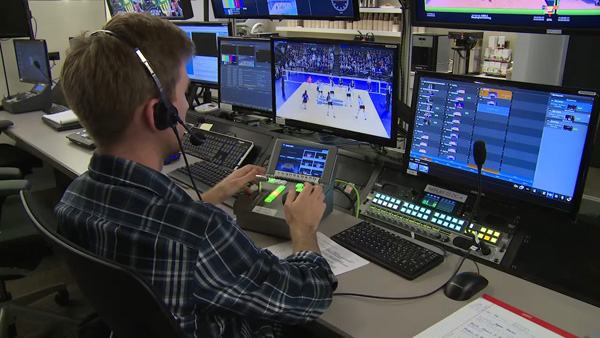
As the sports broadcast industry, in common with many other industries, has searched for ways to complete tasks efficiently in a remote environment, organisations have adopted IP-based remote production practices more widely, a trend that looks likely to continue post-pandemic.
Olivier Suard, VP Marketing at Nevion, notes that in fact, sports broadcasting has already been a prominent pioneer of IP remote production for many years. “Despite this experience, the focus often continues to be on physical media transport, optimum encoding, protection and standards,” he said.
“This has led some broadcasters to take their eye off the ball when it comes to the critical management layer. Configuration and setting up of equipment can be a tricky minefield to navigate, particularly where numerous IP and multicast addresses are involved. Ensuring these aspects are considered is crucial to making remote production a success.”
Controlling and Managing Multiple Locations
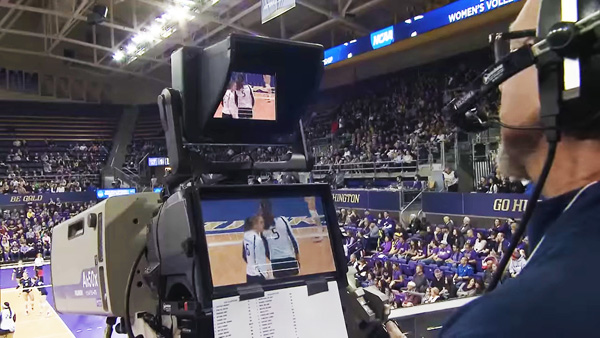
Olivier believes the management layer is crucial due the wide range of technical systems it covers, including scheduling, PTP configuration and monitoring, scheduling, endpoint parameterisation and tally/UMD management. All of these are complex enough in a contained environment, but become even more challenging in remote production.
Because remote production implies that several locations are involved, such as the where the event is happening, the central facilities and potentially further studios, it’s important to consider the need to manage three distinct segments per exchange, both individually and collectively – the two locations, and the connection between them. Much depends on where production control and processing are located.
Olivier said, “First and foremost, deciding where various production staff – that is, the control – will be positioned is a crucial consideration. Most of the equipment, or processing, will be in the central facility or may even be in a data centre in another location all together. Sharing resources is one of the benefits that companies adopting IP systems are looking for. When it comes to staff, it may not always be possible, for logistical reasons, to keep them in the central location.
“This can create a challenge in terms of workflows and media flow orchestration, as the equipment and the people controlling it will be separated geographically by many miles and technically by a WAN. The segments mentioned will also have their own specific requirements, dictating how the process can be controlled and managed.”
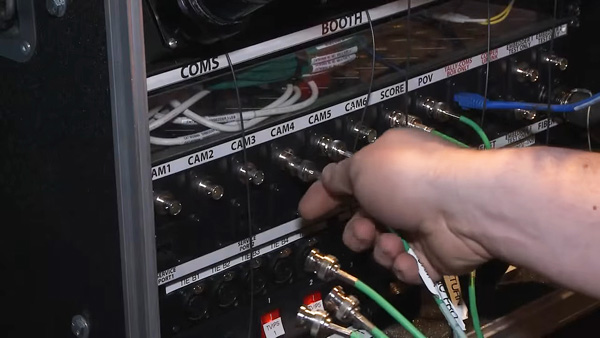
Network Control Across the WAN
It’s likely that a WAN connection will be powered by IP connectivity, but the broadcaster’s ability to control the network will vary. In some cases, it will be possible to control the path of the signals through software-defined networking to ensure true path diversity. In most situations, though, the network connection will be offered ‘as-is’ by the telco with no option to control flows inside the WAN.
He mentioned that IP, SDI infrastructure or a mixture of the two are likely to be a fixture of the event site and the central facilities. This means the management approach needs to be flexible enough to manage production invisibly across those infrastructures, adding further complexity to the challenge.
Broadcasters also need to consider the temporary, semi-permanent or permanent nature of the setup. Olivier said, “The less permanent the arrangement, the more dynamic the management needs to be. As mentioned before, set-up and configuration must be simple as these operations will probably be carried out by non-specialists onsite.
“This is where advanced IP address management can play a key role, by simplifying handling of the thousands of multicast addresses required for the multitude of simultaneous audio, video and data streams. Reliability is of the utmost importance, particularly as any issues that arise can prove expensive to rectify remotely.”
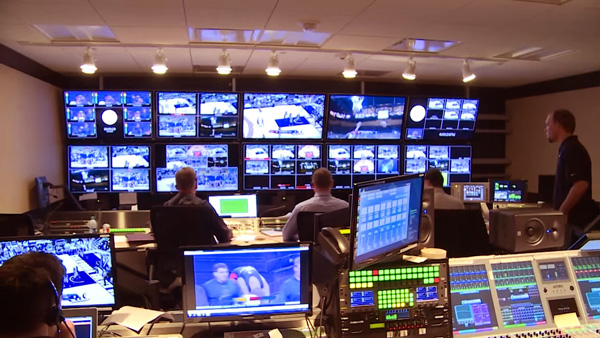
Signal Flow Management
Olivier walked through the numerous options that are available to broadcasters when it comes to signal flow management. The first is the alignment of central facilities and remote locations, or static set-up. However, he noted that changing or expanding the set-up, reducing or adding signals, can be time-consuming and costly.
“NMOS IS-04/IS-05, a discovery and registration specification with device connection management, is likely to be required to enable the join-requests to be carried out,” he said. “Another option is to set up streams dynamically across the WAN via orchestration and SDN control. This makes it easier to add or remove streams and means multiple locations can be connected dynamically through the same gateways. The local networks – onsite and in the central facilities – remain statically configured.
“End-to-end network management can also be facilitated by one management system. This allows all streams to be connected dynamically, giving full redundancy for the video and audio signals and for data. This method is ideal for remote production but has limitations in the context of a distributed production. Since the management is centralised, the individual locations cannot easily operate independently.
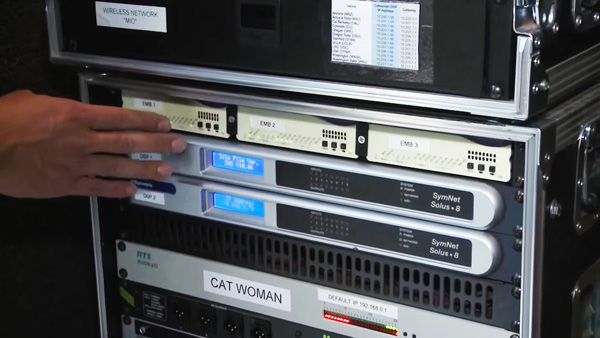
“The last model is federated management, which involves collaboration between separate instances of the management system in each location. Not only does this give more flexibility in managing the locations both independently and together, but also lends extra resilience by distributing the management responsibility.”
Backbone
From greater agility to lower costs, remote and distributed production can give broadcasters many, different advantages. To fully support production, however, broadcasters need to make sure that efficiency and reduced complexity are based on a strong infrastructure serving as the backbone to operations. Failing to ensure this can prove counterproductive, since the benefits associated with remote production may not actually be fully realised. By taking the right approach however, and accounting for media network, systems and expertise, it’s possible for remote locations to run as vital extensions of the central facilities, and to uphold expected production values. nevion.com




